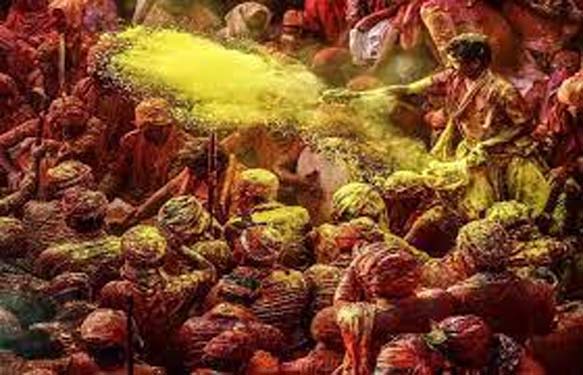In the realm of Indian tradition, the province of Panipat stands as a testament to the rich tapestry of customs and festivities. Among these, the observance of Teej and Holi resonates deeply within the hearts of its people, manifesting in unique and vibrant expressions. Noteworthy among these is the age-old tradition of Korda Mar Holi, a spectacle revered throughout Haryana.
Unlike its counterparts elsewhere, where Holi manifests in a symphony of colors and flowers, the Korda Mar Holi of Haryana finds its essence in a dance of cloth whips. Comparable in allure to the famed Lathmar Holi of Barsana, this tradition has entrenched itself firmly within the cultural fabric of the region. Indeed, Holi stands as a beacon of communal joy and revelry across the expanse of India.
But what manner of celebration is this Korda Mar Holi? It unfolds on the morrow of Holika Dahan, where sister-in-laws engage in a unique ritual with their brothers-in-law. As the latter daub colors upon the former, a flurry of cloth lashes ensues, each stroke a testament to familial camaraderie. To ward off the stinging blows, brothers-in-law wield both color and cudgel, a delicate balance between jest and defense.
The streets teem with spectators, drawn by the allure of this ancient tradition. Across the districts, the legacy of Korda Mar Holi endures, its significance manifold and varied. To some, it embodies a gesture of reverence and esteem between kin, while to others, it signifies the bonds of affection shared with sister-in-laws.
In the midst of this festive fervor, sister-in-laws wield their whips with gusto, a playful yet potent display of self-preservation. Crafted from soft cloth, these implements inflict little harm, yet serve as a symbolic deterrent. Indeed, the spectacle of Korda Holi captivates the onlooker, its deeper significance unveiled only through an understanding of tradition and culture.




